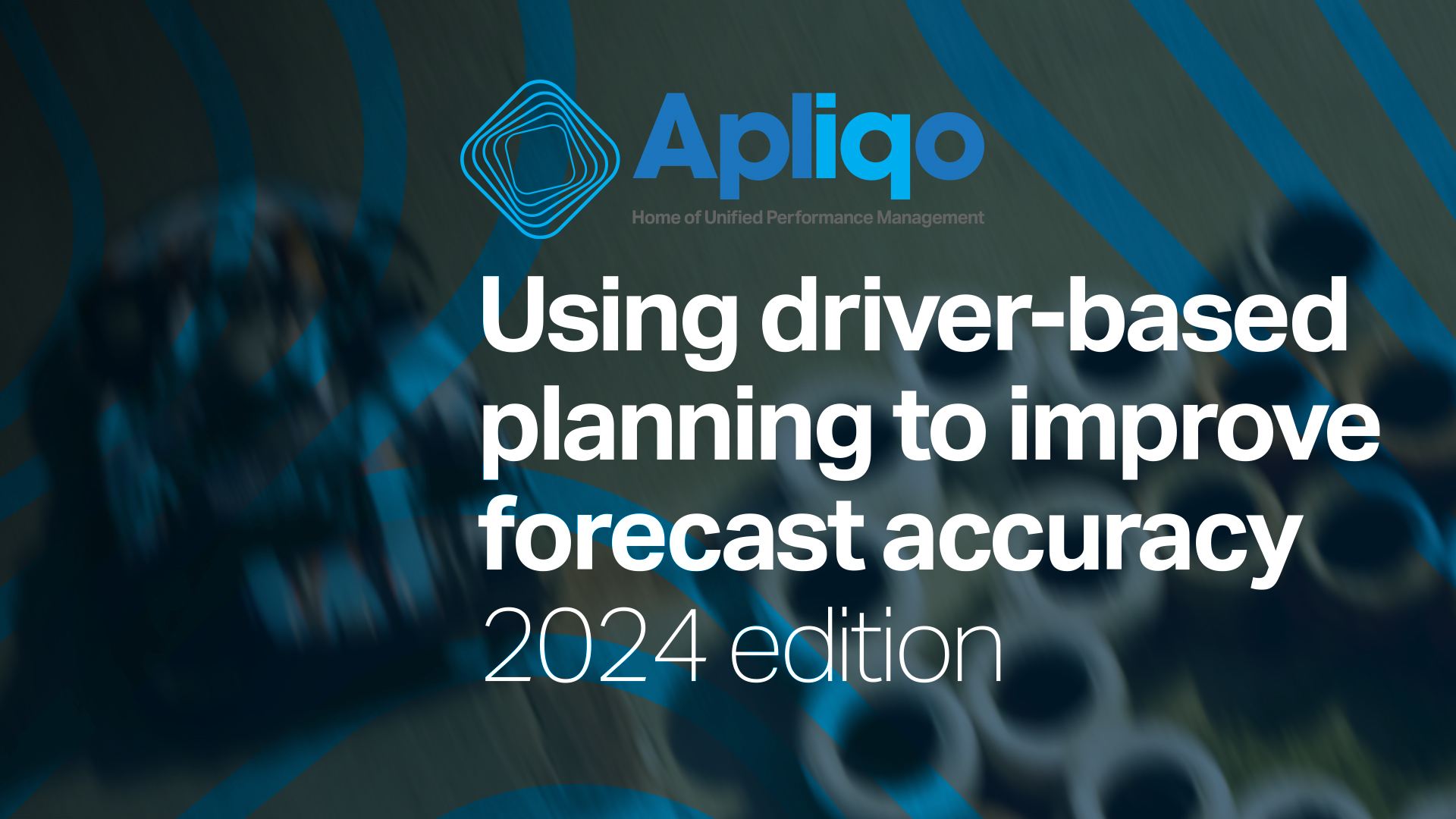While the holiday season is, for many, one of the most wonderful times of the year, it can also be extremely stressful. Hanging decorations, writing Christmas cards and, of course, buying and wrapping gifts, can easily add up to turn Christmas and New Year’s into an organisational nightmare.
Luckily, as CFO, you’ve got a few planning tricks up your sleeve that can help make Christmas a breeze. Keep reading to learn how a CFO plans their Christmas break.
1. Identify the Key Drivers of the holiday season
Before you do anything, it’s vital you create a clear list of your upcoming Xmas and New Year commitments. This might include:
- The gifts you want to buy and who they are for.
- The wrapping paper and decorations you’d like to have.
- The dinners, parties, or other celebrations you’re hosting, and the estimated costs involved.
- Any travelling you plan on doing.
For each driver, make sure to keep close tabs on the expected expenses involved to get an idea of the overall financial costs you might encounter over the holiday break.
2. Create a clear picture of the present
Heading into the Holiday rush with no clear idea of your cash flow, incoming earnings, and outgoings is a surefire way to create a financial Christmas nightmare.
Any CFO knows that the Income Statement, Cash Flow Statement, and Balance Sheet are 3 pillars that underlie their organisations finances. But did you know that you can use similar reports to help you manage your holiday season?
Keeping a keen eye on your incomings, outgoings, and overall cash flow during December can help you paint a clear picture of your finances and help you prepare for the challenges ahead.
3. Use scenario planning to plan for uncertainties
While we’re all eager to start the Christmas celebrations, tear open our presents, and toast to the new year, the truth is that the Christmas break is still a few weeks away. And as we finance professionals know, anything can happen in the future.
To help you prepare for uncertainty over the holiday season, use scenario planning to come up with different scenarios that you might be facing over Christmas and New Year’s. To help come up with these scenarios, try:
- Coming up with a base case scenario. This should be the most likely Christmas/New Year scenario you plan to encounter.
- Create 2-4 alternative scenarios by making changes to the key drivers you discovered in step #2. These could include:
- You run out of wrapping paper on December 23rd and need to buy more at elevated prices.
- The Christmas gift you had in mind for your in-laws has sold out and you’ve got to settle for another, more expensive gift.
- On their way to your New Year’s party, your best friend randomly runs into people he met years ago on a backpacking trip. You now have 4 extra guests to feed and entertain.
- For each alternative case, make an action plan that you can set in motion to overcome the changes that accompany each scenario.
4. Budget accordingly
Now that you have a clear idea of your finances as well as your holiday commitments, it’s time to budget. Use your finance training to set aside reasonable amounts of money to cover each of the key drivers you identified in step #2, and remember to accommodate them in each of your alternative scenarios.
Most importantly, if there’s one thing every CFO should be doing over the holidays, it’s this; connecting with loved ones. The last 2 years have been riddled with challenges, so make sure to take the time over Christmas and New Year’s to focus on what’s most important, namely spending time with those closest to you.
Merry Christmas from the entire team at Apliqo!







